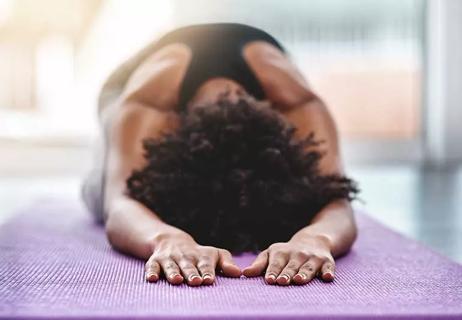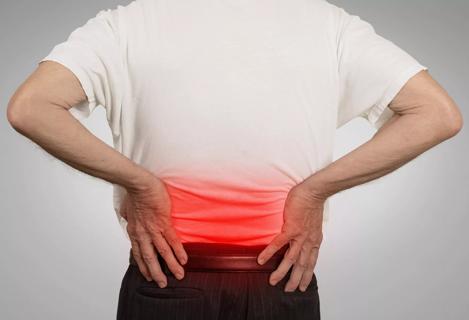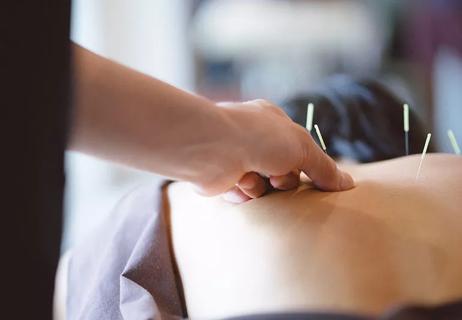An expert explores the benefits and risks

Hanging upside down works for Batman. But does it have health benefits for non-superheroes?
Advertisement
Cleveland Clinic is a non-profit academic medical center. Advertising on our site helps support our mission. We do not endorse non-Cleveland Clinic products or services. Policy
Inversion tables — which suspend a person upside down — are said to relieve back pain by taking pressure off the spine. Whether or not they work is another question.
Pain management specialist Haren Bodepudi, MD, explains what the science says and what you should know before you fall heels-over-head in the name of pain relief.
Inversion therapy is also known as spinal traction. Inversion tables allow you to strap yourself in and tilt backward at an angle or completely upside down.
The theory behind it is simple: Hanging upside down can take the pressure off the nerves of the spine and give the squishy disks between the vertebrae room to relax. Fans of inversion therapy say it can relieve problems including:
But inversion tables aren’t a slam-dunk for back pain. “The research is mixed,” Dr. Bodepudi says. “Some studies have found it can provide relief for some patients, but others haven’t found any benefit.”
And some people should definitely not try it. Hanging upside down can increase your blood pressure, so steer clear if you’re pregnant, have high blood pressure, heart disease or eye diseases such as glaucoma. And if you have acid reflux, tilting backward could make symptoms worse.
Advertisement
If you think it’s worth a try, consider these pointers to stay safe:
Not everyone has the money or space in their home for an inversion table. But you can achieve similar spinal traction with stretches and yoga poses that ease pressure on the spine, Dr. Bodepudi says.
Consider inversion therapy one of many tools in your toolkit. “I wouldn’t recommend inversion therapy by itself for treating back pain,” he says. “But it’s something you might try in combination with other therapies, such as over-the-counter pain medications, physical therapy, yoga, and at-home stretching and core-strengthening exercises.”
In other words, inversion isn’t likely to be a silver bullet for your back woes. But as part of a multipronged strategy to treat back pain, it might just help.
Advertisement
Learn more about our editorial process.
Advertisement

When your lower back locks up, walking and stretching are key

A physical therapist answers your questions

5 tips to preventing aches and pains

The cause determines what kind works best

A spine physician separates fact from fiction

The short answer from a spine specialist

A good stretch you don't have to be a superhero to master

Everyone needs a little extra TLC for their aging spine

Type 2 diabetes isn’t inevitable with these dietary changes

Applying a hot or cold compress can help with pain